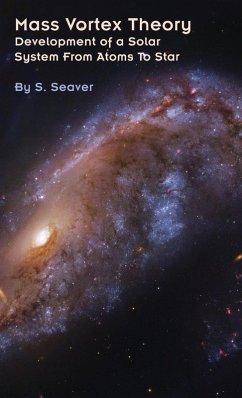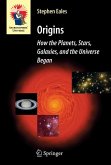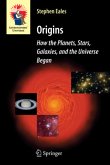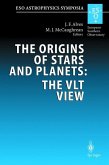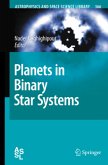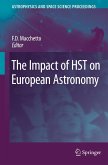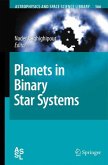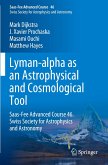Ever wonder how a star or a planet is born? The latest observations of stars and planets out beyond our solar system have revealed evidence that discredits the current standard theory of star-system formation. S. Seaver, a math and physics scholar presents a new theory: Mass Vortex Theory. It explains how a star forms from nebula gases in space and a black-hole singularity. Gases from a nebula, develop into a swirling flat disc, in keeping with conventional expectations, but in almost every other way, the explanation departs from anything advanced so far. For example, a star ignites last, not first. This theory explains the features of our Solar System including: planet's respective spins, their densities, their magnetic fields, their axial tilts, how their respective atmospheres formed, the origin of Earth's oceans and how Earth's moon became present. It also explains the features of the Sun including: Joy's Law, Hale's Polarity Law, the lack of sunspots at the equator, the solar wind, and the differential rotation between the poles (38 days) and the equator (24 days). Mass Vortex Theory explains how a region of gas in space develops into a vortex that spins out planets on its way to becoming a star. A planet starts as a big huge clump of iron atoms. It gets separated from a big spinning disk of gases due to cyclonic separation. What is that, you ask? Cyclonic separation involves the physics that is employed by a cyclone vacuum cleaner, where centrifugal force causes heavier clumps of dirt to spin out from a vortex of regular air. In a protostar system, when a clump of iron atoms has too much inertia to follow the curve of the vortex gases, it exits the vortex into an orbit around the center. When it does this, it goes from no spin (irrotational flow) to spin. This spin causes multiple cascading effects. First of these, is an electric field that is caused by the changing magnetic field associated with the newly spinning clump of iron atoms A galaxy, like a young star object, is a mass vortex system. Thus, understanding about star-system formation informs new understanding about galaxy formation. Mass Vortex Theory sets forth stages of galaxy formation that parallel the stages of star formation. Mass Vortex Theory covers the origin of a planet, a star and a galaxy as astronomical objects. The theory is explained step by step for a general science-literate audience. It includes many pictures including images from the Hubble Space Telescope, ALMA [Atacama Large Millimeter/submillimeter Array in Chile], astrophotographers, as well as illustrations and figures.
Bitte wählen Sie Ihr Anliegen aus.
Rechnungen
Retourenschein anfordern
Bestellstatus
Storno

